In a recent study, the team surveyed the far reaches of the universe and made a surprising discovery. By analyzing infrared images taken by the James Webb Space Telescope, they discovered 300 objects that were much brighter than expected.
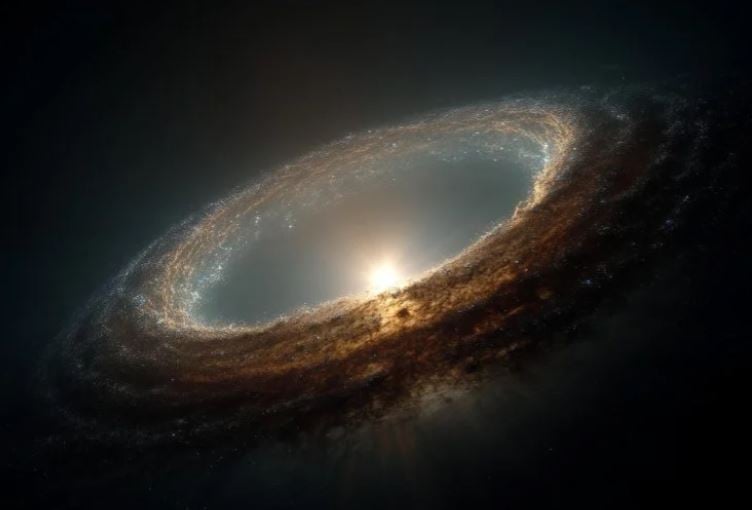
Astronomers using NASA's James Webb Space Telescope have discovered 300 mysterious objects that could be some of the universe's earliest galaxies. If confirmed, their existence could reshape our understanding of how galaxies first formed. (Artist's concept). Source: SciTechDaily.com
“These mysterious objects are potential galaxies in the early universe, meaning they could be very early galaxies. If even a few of these objects are what we think they are, our discovery could challenge current ideas about how galaxies formed in the early universe — the period when the first stars and galaxies began to form,” said Haojing Yan, a professor of astronomy in the Mizzou College of Arts and Sciences and co-author of the study.
Infrared device paves the way for early space research
According to scientists, determining the nature of distant objects cannot be done immediately, but requires a meticulous, multi-stage process, combining advanced technology, careful analysis and a large amount of effort from "astronomical detectives".
The Mizzou team started with two of James Webb’s advanced infrared instruments: the Near Infrared Camera and the Mid Infrared Instrument. These instruments are designed to collect light from the farthest reaches of the universe, and are therefore essential for studying the early universe. The reason for focusing on infrared light is that the farther an object is from Earth, the longer it takes for its light to travel, and the more it is stretched into the infrared part of the spectrum when it arrives.
“As the light from these early galaxies travels through space, it stretches to longer wavelengths – moving from visible light to infrared. This stretching is called redshift, and it helps us determine the distance of these galaxies. The higher the redshift, the farther away the galaxy is from Earth, and the closer it is to the beginning of the universe,” Yan explained.
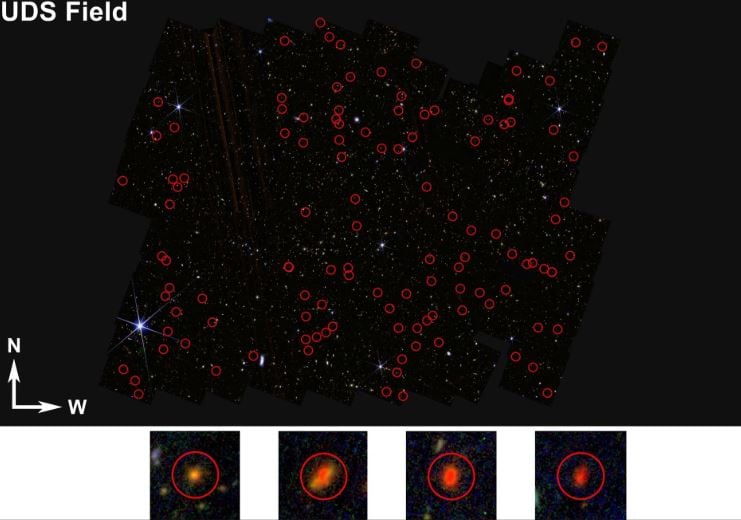
Graphic showing mysterious objects in space that researchers at the University of Missouri identified in their study. Credit: Bangzheng “Tom” Sun/University of Missouri
Applying the skip technique in searching
To clarify the identities of the 300 potential protogalaxies, the Mizzou researchers used a long-standing method called the dropout technique. “This technique can detect high-redshift galaxies by looking for objects that appear at redder wavelengths but disappear at bluer wavelengths—a sign that their light has traveled great distances and times,” said Bangzheng “Tom” Sun, a doctoral student working with Yan and lead author of the paper. “This phenomenon is a signature of ‘Lyman Breakage,’ a spectral feature caused by the absorption of ultraviolet light by neutral hydrogen. As the redshift increases, the signature shifts to redder wavelengths.”
Professor Yan added that while the skip technique could identify individual galaxy candidates, the next step is to check whether they are indeed at “very” high redshifts. “Ideally, this would be done using spectroscopy, a technique that scatters light across many different wavelengths to identify signatures that allow for precise redshift determinations,” he said.
Spectroscopy - the gold standard for confirming early galaxies
In the absence of full spectral data, the team used a method called spectral energy distribution fitting. This gave Sun and Yan a basis for estimating the redshifts of the galaxy candidates — along with other properties such as age and mass. Previously, many scientists had assumed that these extremely bright objects were not protogalaxies but rather other phenomena that mimicked them. However, based on the new results, Sun and Yan believe that these objects deserve further study and should not be ruled out too soon.
“Even if only a few of these objects are confirmed to exist in the early universe, they will force us to revise our existing theories of galaxy formation,” Professor Yan stressed.
The final test, the researchers say, will still rely on spectroscopy — considered the gold standard — to confirm these findings. Spectroscopy breaks light into different wavelengths, much like a prism splits light into a rainbow of colors. From there, scientists can uncover a galaxy’s unique spectral fingerprint, revealing how it formed, how old it is, and what it’s made of.
“One of our objects has been confirmed spectroscopically to be a protogalaxies. But this object alone is not enough. We will need further confirmation to say for sure whether the current theories are being challenged,” said Sun.
Source: https://doanhnghiepvn.vn/cong-nghe/kinh-vien-vong-james-webb-phat-hien-300-vat-the-bi-an-thach-thuc-hieu-biet-ve-vu-tru-so-khai/20250824045453656





![[Photo] General Secretary To Lam attends the 80th anniversary of Vietnam's diplomacy](https://vphoto.vietnam.vn/thumb/1200x675/vietnam/resource/IMAGE/2025/8/25/3dc715efdbf74937b6fe8072bac5cb30)



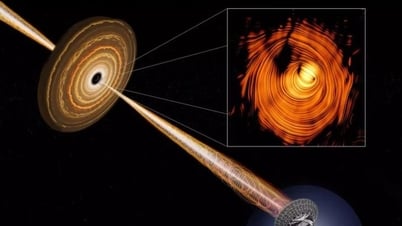
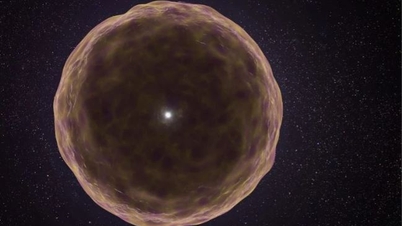





















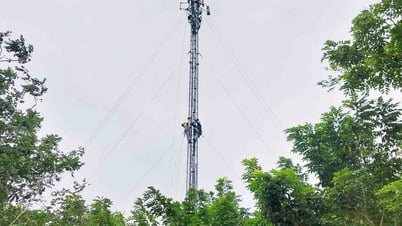

































































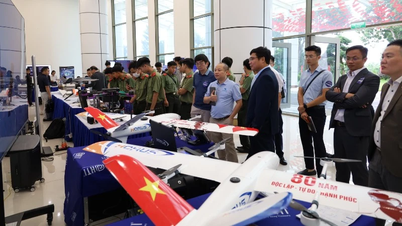









Comment (0)